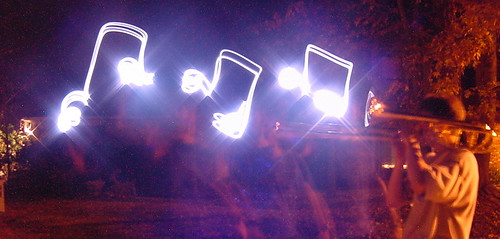An adventurous generation
In the 1940s, a young woman with a college education was often the first in her family. If she became a teacher, she worked until marriage and was then asked to leave. In some very enlightened schools, she might have finished the school year with a ring on her finger or even worked until she became pregnant. Then it ended. After she had children, she did not return to work for many, many years, if ever.
But a few women returned to the classroom sooner. This was the adventurous generation of bright, energetic women who had much to share. These were women who shared brilliance and flexed remarkable power in the lives of both their own children and the futures of thousands of “kids” before any breath of women’s rights or feminism was heard. These were working women before the term “daycare” was even coined.
Last week I attended a memorial service for one such woman and listened to her grandchildren and children tell of the school “kids” who came to the house, even on Christmas Day, to show their affection and respect, singing Christmas carols. Many of these respectful visitors were in the congregation at the memorial service, now grandparents themselves.
Now our nation has a new leader who has declared a call to service, and I stop to think about the adventurous generation of women who heard that call not long after their soon-to-be-husbands returned from WWII. Their service went unnoticed by most, except the young beneficiaries of that gentle power and willing, brilliant spirit. These women shared not only within their own families but with year after year of their “kids” at school. They were considered strange to be working full time — probably even regarded as “bad” mothers for doing so. But the service they paid to the next generation and the next should not be forgotten.
It is so much easier to become a teacher now. Yes, the “kids,” the testing, and the political pressures are tougher. But no one kicks them out for marriage, pays them less for being female, or criticizes them for being working moms. In fact, becoming a teacher is considered “easy” (HA!), at least compared to becoming a rocket scientist or investment banker.
So I salute the adventurous generation of teacher/moms who spawned the next generation of women who broke the glass ceilings and said things out loud. So few of them are left, but those who are around are probably still befriending teenagers at church and organizing something.




 Today I am listening to
Today I am listening to  This is an open letter blog entry to a valued colleague because she is someone who aways responds,”Why not?” when I hatch some hare-brained scheme…and she adds her own hare-brain!
This is an open letter blog entry to a valued colleague because she is someone who aways responds,”Why not?” when I hatch some hare-brained scheme…and she adds her own hare-brain!



